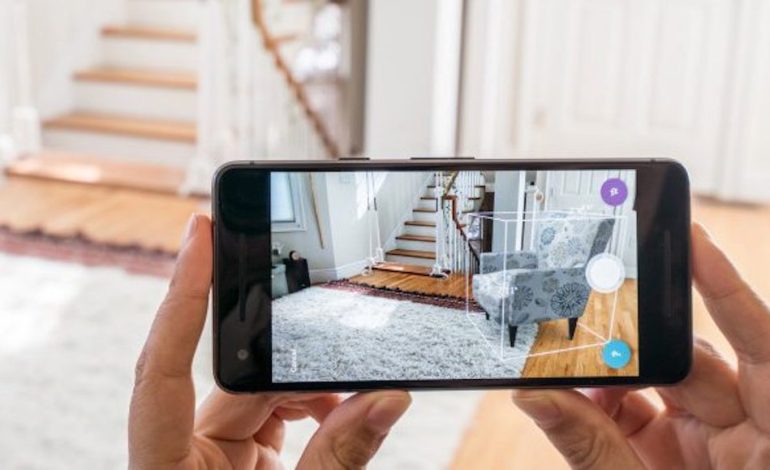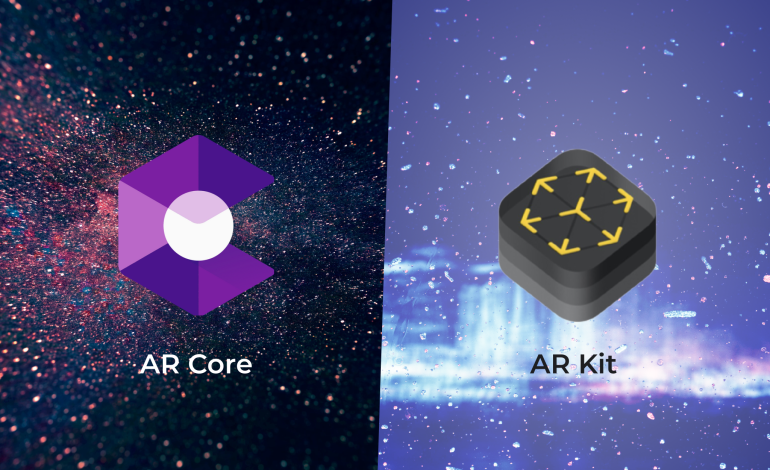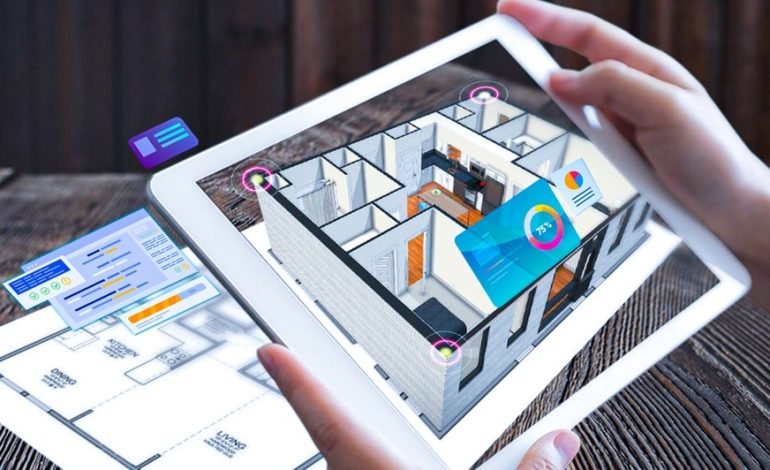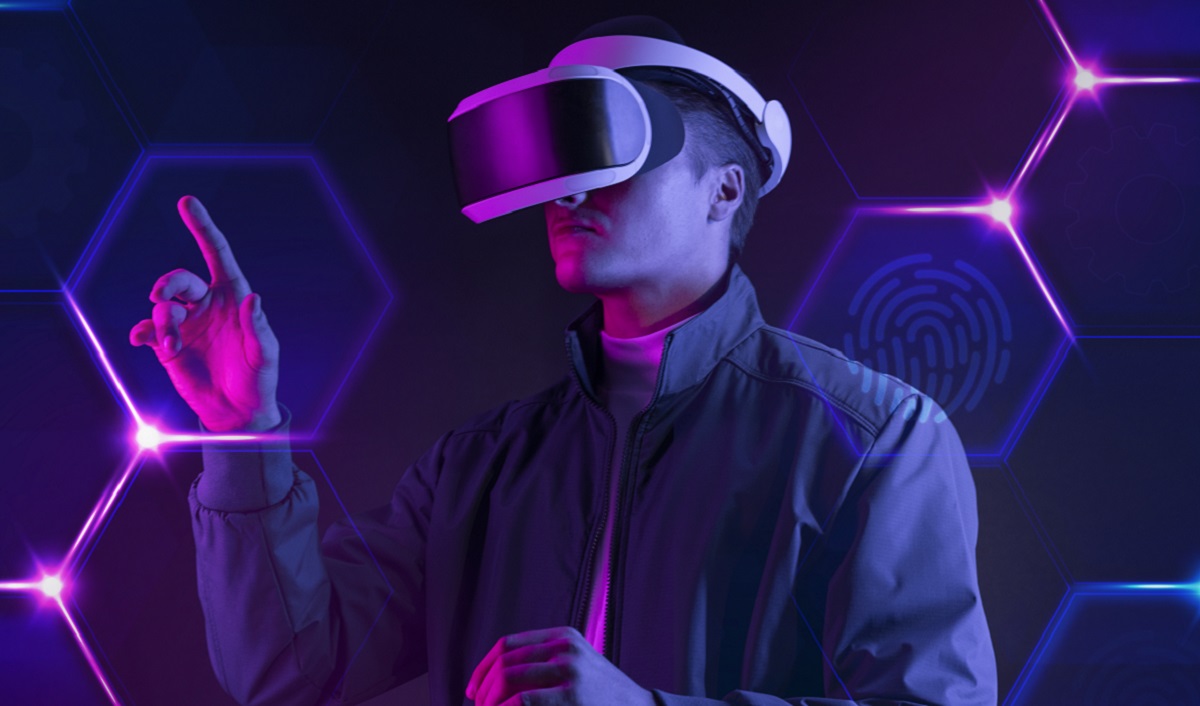Different Types of AR (Augmented Reality)

Augmented Reality has been around in some form since the 1960s, but it was in the past decade that it began to take off in popularity. This technology allows us to view digital content on top of our physical world, and it comes in many forms, including virtual Reality (VR). But there are several types of AR you may need to learn about, including superimposition, marker-based AR, computer vision-based AR and natural user interface (NUI)-based AR. Here’s more information about each of these types of AR!
History Of AR
AR was first coined in a paper by Dr. Thomas Caudell and Dr. Myron Kruger in 1990. The term stands for augmented Reality or augmenting Reality. The idea is to superimpose computer-generated objects and images on the user’s view of the natural world, typically using a camera connected to a computer, which can augment through various effects. With the use of software programs, one can then explore these computer-generated surroundings in their own time. In other words, this type of technology enables the user to see into new worlds that are not there. As you might have guessed by now, we still need to cover many different types of AR out there! Let’s take a look at them below.
The Types Of AR (Augmented Reality)

AR, or Augmented Reality, is a technology that creates a composite image by layering computer-generated information on top of the physical world. Augmented Reality adds to what you see in the real world instead of replacing it. There are many different types of augmented Reality that people only sometimes know about. You can use augmented Reality for games, medical purposes, navigation, and more. Some Ways That Augmented Can use Reality:
- Marker-based AR
- Markerless AR
- Location-based AR
- Projection-based AR
- Superimposition AR
Marker-based AR
Marker-based Augmented Reality is a type of Augmented Reality that uses a physical marker to trigger a digital experience. This type of augmented Reality is popular because it can work across different devices and applications and add more information or experiences to what you’re looking at in real life. With this technology, people can see an object’s history and how much it costs before they buy it. The most common example of this technology is Pokémon Go!
Markerless AR
Unlike other augmented reality forms, markerless AR uses natural objects like a table or chair to project an image into the world. This type of AR is less likely to cause discomfort because it does not require wearable devices. Markerless AR also has the potential to be used in more public areas than virtual reality headsets since the images are projected into space rather than onto a screen. However, there can be problems with occlusion – for example, if you’re sitting at a table and placing your hand on top of the spot where you’re projecting something. Additionally, this form of AR will only work well with low-resolution imagery. Another downside is that this type of technology doesn’t work well outdoors.
Location-based AR

This type of AR is real-time information overlaid on your environment. It’s used for navigation and local search, among other uses. It can be seen on mobile devices and wearable devices like Google Glass. Some apps combine this technology with different types to offer a more immersive experience. For example, in the Matterport app that creates 3D models of homes and buildings, you can use your phone or tablet to tour the facility by holding it up in front of you at different angles and distances to see what the place would look like if you were there. The app takes advantage of location-based AR, providing points of interest such as restaurants, ATMs, gas stations and pharmacies to help visitors find their way around town.
Projection-based AR
For example, a projection-based AR system might project digital instructions onto your kitchen counter so you know how to assemble the furniture you bought. The downside is that they don’t work well in sunlight and are prone to interference from other sources like TVs and cell phones. Some of the more advanced uses for Projection-based AR involve training environments for firefighters or police officers with simulated flames and gunfire or medical students who learn by operating on 3D models rather than corpses. One advantage is that if something goes wrong with the equipment, it can be shut off without endangering anyone. On the other hand, this type of AR often makes it hard to see what’s happening around you because your attention has been diverted.
Superimposition AR

Superimposition Augmented Reality is a type of technology that overlays computer-generated images on top of the real world. You can use this technology for various purposes, such as educational programs and games. The name superimposition comes from the fact that computer-generated images are given priority over what is seen in the real world to make it look like they are superimposed on top. Superimposition AR is often also referred to as Projecting AR. An example of this type of AR would be Microsoft’s Hololens, which uses a head-mounted device with two transparent visors for each eye. These visors project 3D holograms onto a user’s field of view.
AR Industries and Applications
AR stands for augmented Reality and is a live view of a physical, real-world environment whose elements are augmented by computer-generated perceptual information. Many different types of AR are currently being used in industries and applications. One type is called digital signage. This uses AR to show product information on top of a real-world object. A different kind of AR is using AR glasses like Google Glass or ODG glasses. These allow people to see virtual things as if they were right there with them in the same place. Another example is VR headsets, where people can put their phones inside and watch movies or play games while wearing them. Virtual tours also use this technology so people can see what places would look like before they visit them and map directions that help you get around town without having to walk everywhere.
Conclusion
There are a few different augmented reality types, but the four main types are video-based, sensor-based, audio-based, and mixed Reality. The kind you use will depend on what you want to accomplish with your project. If you’re trying to create an interactive experience for people to enjoy, then video-based or sensor-based is good. If you want something more practical, like providing instructions for putting together furniture or teaching someone how to play an instrument, then audio or mixed Reality might be better. Some things you can do in these two categories include giving feedback when someone misses notes or telling them if they’ve picked up the wrong message. The last type is called an overlay. It works well for displaying information related to the subject, like directions in Google Maps or nutritional information about food items at grocery stores.





